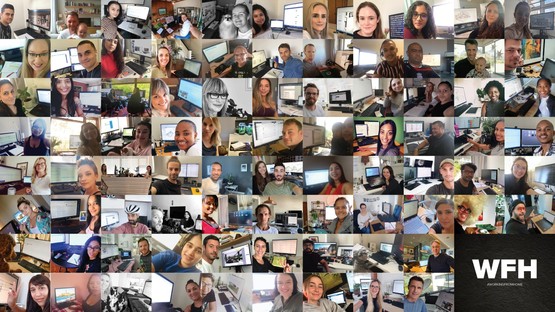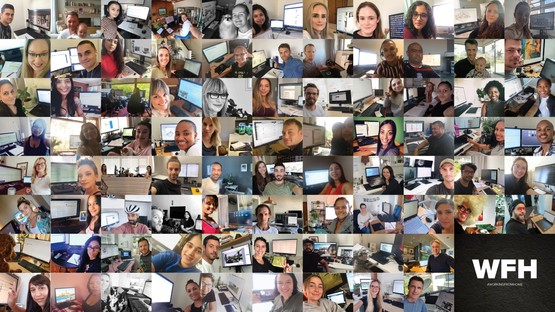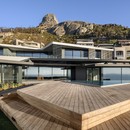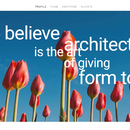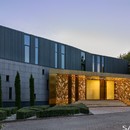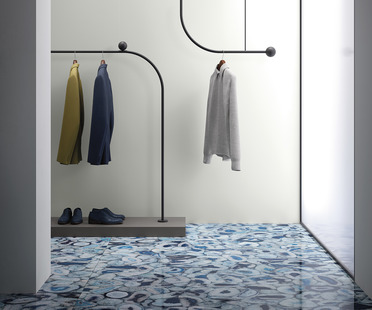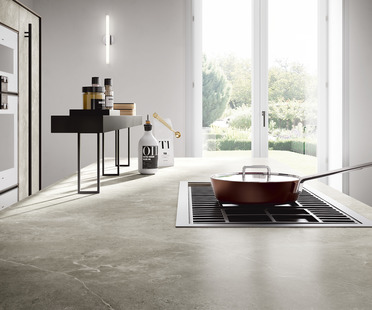27-04-2020
Architecture, the pandemic and the future of design: SAOTA
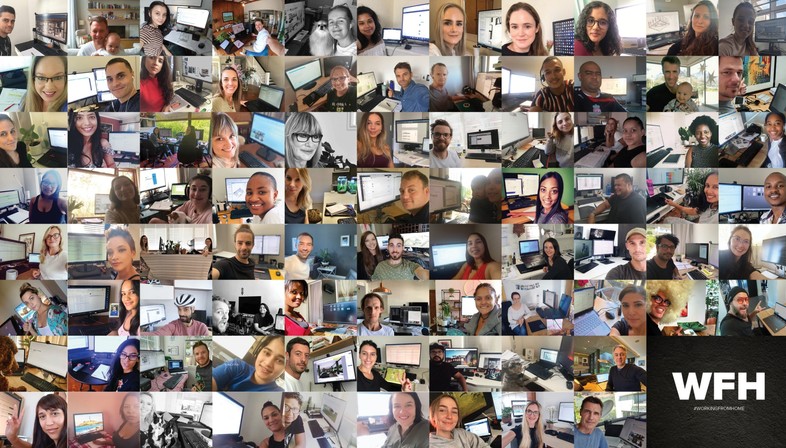
Greg Truen, Director at SAOTA & Stefan Antoni, Director at SAOTA.
1. How did your firm handle the lockdown?
We successfully migrated our 211-member team to a fully operational working from home (“WFH”) model.
With projects in multiple cities across the globe, most of the work is already remote which ensures a high level of business continuity. We have worked on projects in 86 countries, across six continents. In times of crisis, global operations could face risks, but with most work already remote, the studio has the required systems and tools in place to maintain a high level of business as usual, with meetings, communication and projects continuing as planned.
2. What new forms of work are you experimenting with and how about the results?
With world-class communication tools in place, the digital workflow has grown even stronger and disruptions are minimal. VPN is used for data access and a remote, virtual reception and switchboard has been implemented. Another key cloud-based tool is BIM 360, a unified platform for connecting our project teams and data in real-time. SAOTA was operational as soon as employees were able to switch on their computers at home.
We do value the physical interaction and energy that an office situation promotes, so we don’t have any current plans to make this a long-term alternative, however, we remain open to considering it where this could be beneficial to staff and the office.
3. How do you think this experience will affect the future management of an architectural practice?
Our world feels more fragile as a result of this and we won’t lose this sense quickly. People will be more careful in their decision making in the future, more careful with resources and with each other.
The pandemic will reinforce the idea of remote working and will have an impact on physical offices, which possibly could be diminished. Future workplaces will incorporate a large element of mobility with people working from home, on the road and from the office in a much more seamless way. The demand for office space will reduce. The demand for project planning and management tools will increase.










